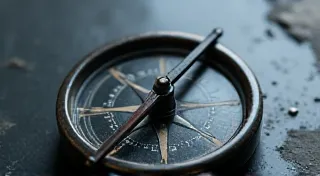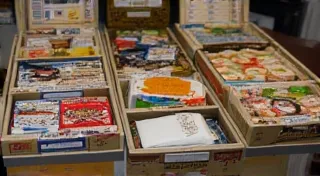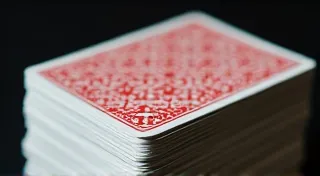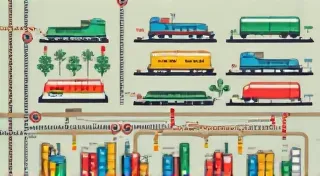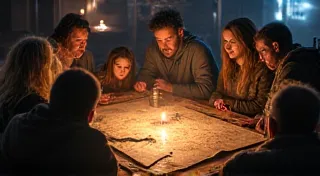Echoes in the Vault: Reclaiming Lost Worlds in Legacy Games
There's a particular resonance to old things. Not just their aesthetic appeal, though that’s undeniable, but a deeper sense of connection to the past. Think of an antique accordion – the burnished wood, the intricate bellows, the rows of meticulously placed keys. Each imperfection tells a story, whispers of hands that coaxed melodies from it decades ago, of laughter and shared moments echoing within its chambers. Similarly, legacy games, once concluded, leave behind a unique kind of archaeology - remnants of shared narratives, physical traces of a collective journey. These aren't just games; they are artifacts, tangible records of a community's shared storytelling.
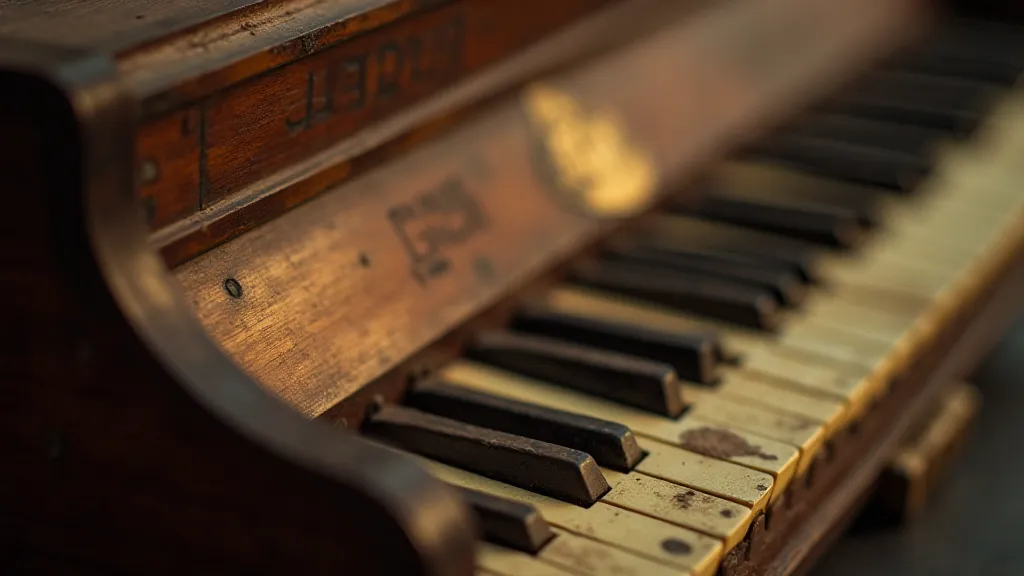
The Tangible Remains of a Journey
The beauty of a legacy game lies in its ephemeral nature. Each game is designed to be altered, to be permanently shaped by player choices. Stickers are placed, cards are shredded, rulebooks are annotated, and components are irrevocably changed. Once a campaign concludes, the game is… finished. Officially, at least. What many don't consider, though, is what remains. A box brimming with modified cards, customized components, and a rulebook teeming with personal annotations becomes more than just the sum of its parts. It’s a portrait of a group, a visual chronicle of their triumphs and failures, their inside jokes and heartfelt moments.
I remember vividly playing Pandemic Legacy: Season 1 with my friends. The initial excitement of battling a global pandemic was soon interwoven with the personal drama of our group. One player’s constant risk-taking decisions led to catastrophic consequences – a failed cure, cities overrun by disease. The accompanying frustration and lighthearted blame, meticulously recorded on the rulebook’s margins, became part of the game's memory. Years later, seeing those scribbled notes on the very page detailing the devastating outbreak still brings a smile to my face. It's not just about the game itself; it's about the shared experience and the memories woven into its fabric. For those new to the world of games that evolve through gameplay, exploring the rise of legacy games offers a deeper understanding of the phenomenon.
Preserving the Narrative: Archiving and Documentation
The natural inclination might be to pack a finished legacy game away – a bittersweet goodbye to a chapter closed. However, simply storing it isn’t quite enough. Archiving the experience, documenting the story, is key to truly preserving its legacy. This doesn't require a museum-worthy display, but a thoughtful approach to organization can make a world of difference. Take photographs of the game’s final state – a panoramic view of the altered board, close-ups of customized cards, a record of the final stickers applied. These images will serve as powerful reminders of the journey.
Beyond photographs, consider keeping a journal alongside the game. Not just a log of game events, but a space to record player reactions, pivotal decisions, and the stories that emerged organically. Imagine revisiting this journal years later, re-experiencing the emotions and laughter that defined the campaign. This creates a comprehensive record that transcends the physical components. Think of it as the “backstory” of your game, enriching its significance for future generations – even if those generations are just you and a few close friends. Often, these narrative experiences overlap with intricate strategic decision-making, prompting players to consider broader concepts similar to those found in abstract strategy board games.
Reimagining the Lost Worlds: Creative Repurposing
The truly adventurous can find new life for a completed legacy game, not by restarting it (that would defeat the purpose!), but by repurposing its elements to tell new stories. The altered cards, even those seemingly damaged beyond repair, can be incorporated into entirely new game designs. The stickers, initially placed to mark progress, can become visual cues in a tabletop narrative, representing milestones or character arcs. The annotated rulebook, once the guide to a specific campaign, can become a source of inspiration for crafting custom rules or designing new game mechanics.
I once saw a group of players use the discarded components from Risk Legacy to create a miniature tabletop wargame, using the altered territories to represent a post-apocalyptic world. It wasn’t Risk anymore, but a uniquely crafted experience born from the ashes of a finished campaign. The original game’s narrative threads were cleverly repurposed, breathing new life into forgotten elements. This kind of creative adaptation transforms the ‘end’ of a legacy game into a springboard for new imaginative endeavors. The possibilities for customization, even when it comes to simple deck management, are akin to those explored in a beginner's guide to deckbuilding board games.
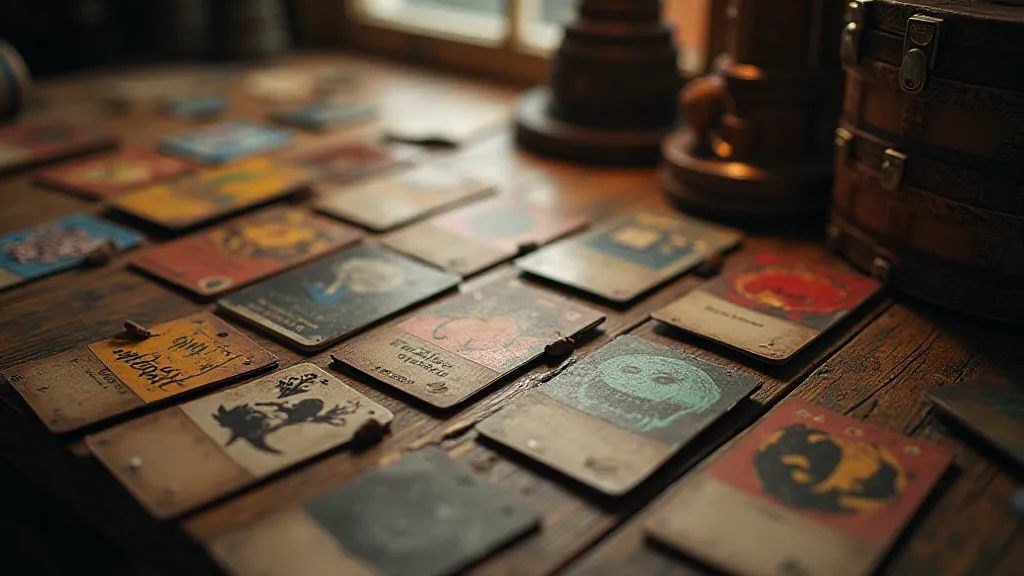
The Art of Restoration & Collecting (A Gentle Introduction)
For those interested in the preservation aspect, even the seemingly irreparable damage to legacy game components can be addressed with a degree of care. Some minor card repairs can be achieved with archival tape, though it’s vital to use materials that won’t cause further damage over time. Similarly, minor cosmetic blemishes on wooden components can sometimes be restored with gentle cleaning and light polishing. However, it's essential to proceed with caution. Radical attempts at restoration can often diminish the authenticity and character of the game.
Collecting finished legacy games is a nascent field, largely driven by the sentimental value attached to completed campaigns. The rarity of a particular game, combined with the unique modifications made by players, can elevate its collectibility. However, the true value of a finished legacy game lies not in its monetary worth, but in the stories it holds and the memories it evokes. A game with heavy modifications, marked by years of passionate play, often holds more sentimental value than a pristine, factory-sealed copy. Furthermore, these complex, evolving games often require a team effort and strategic collaboration, experiences well-aligned with those found in the top 5 cooperative board games.
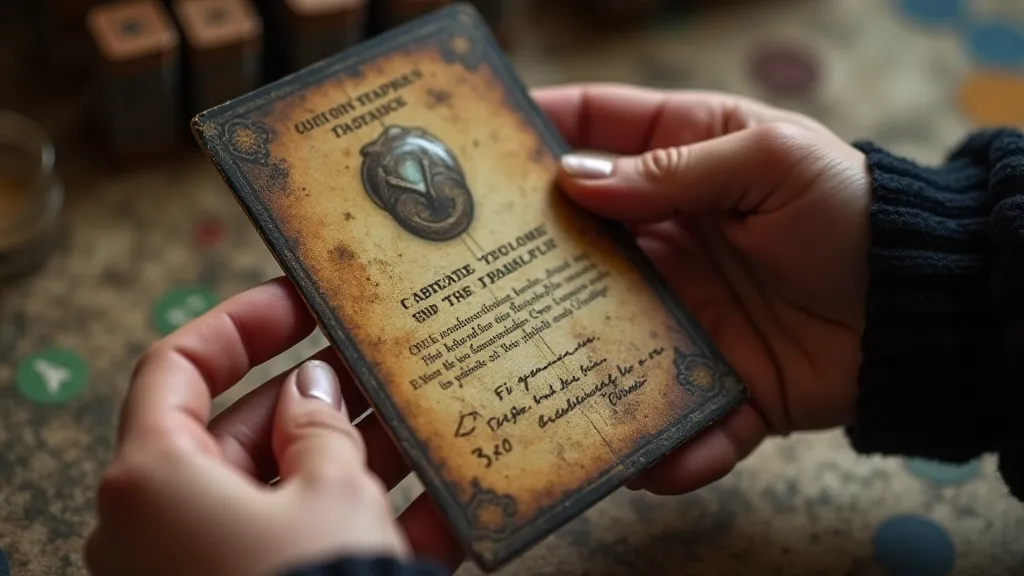
More Than Just a Game
Legacy games are more than just a form of entertainment. They’s a collaborative storytelling experience, a shared journey that leaves a lasting imprint on the players involved. The echoes of these journeys linger long after the final campaign ends. By archiving, repurposing, and appreciating the ‘lost worlds’ created by legacy games, we can keep those echoes alive, preserving the memories and fostering a deeper appreciation for the power of shared storytelling and the enduring value of community. They represent a unique intersection of strategy, narrative, and personal connection, forging memories that transcend the simple act of playing a game. The sense of shared accomplishment, the laughter, the frustrations - all become part of the legacy, richer than any factory seal or pristine component. And as players delve deeper into the intricacies of these systems, they often discover a profound appreciation for the power of human interaction and creativity, proving that the true magic lies not in the game itself, but in the people who play it together.

